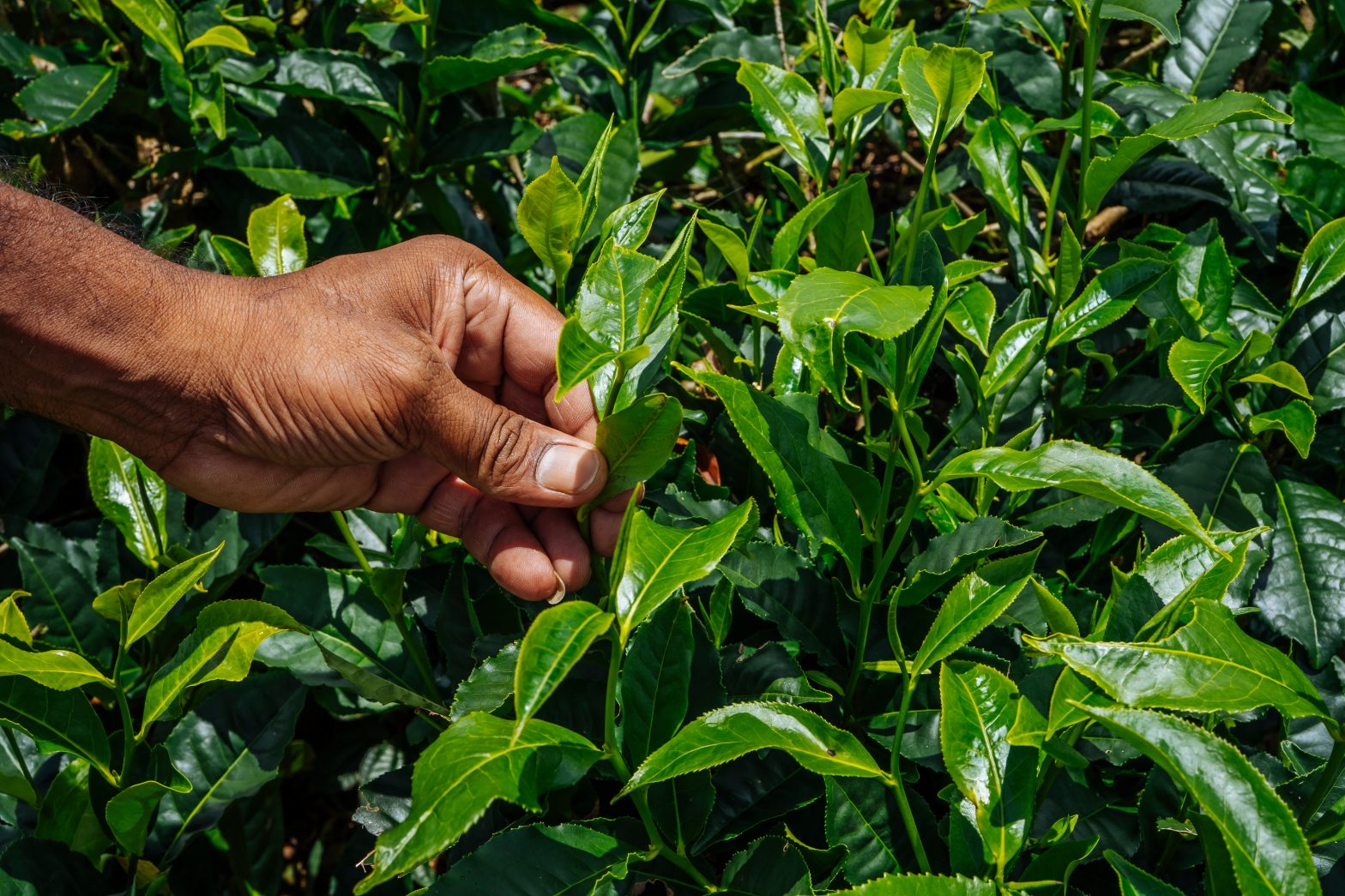Tea is like a companion for a tea lover on every occasion be it a happy moment or sad, an achievement or failure. Tea is one thing that they crave in every situation. But how you can ensure that your companion is as high in quality as in their thoughts? You can check it at home to ensure that you’re enjoying a flavourful and satisfying cup.
Here are eight ways to check tea quality in the comfort of your own home.
- One of the first indicators of tea quality is its appearance. Take a close look at the tea leaves. High-quality tea leaves should be whole, unbroken, and uniform in size. Avoid tea leaves that are dusty, broken, or contain excessive stems.
- The aroma of tea is another essential factor in determining its quality. Good quality tea will have a fresh, pleasant, and fragrant smell. Take a deep breath and inhale the aroma of the dry tea leaves. High-quality teas often have distinct and complex aromas that can vary depending on the type of tea.
- The colour of brewed tea can provide valuable information about its quality. Steep the tea leaves according to the recommended brewing instructions and observe the colour of the liquid. For example, high-quality black teas should have a rich, amber colour, while green teas should have a vibrant, clear green colour. Avoid teas with dull or muddy colours, as they may indicate lower quality.
- The most crucial aspect of checking tea quality is its taste. Brewing the tea and tasting it will give you valuable insights into its flavour profile. High-quality tea should have a well-balanced taste, with a combination of sweetness, bitterness, and astringency that is appropriate for its type. Pay attention to any off-flavours, such as mustiness or bitterness, as they may indicate lower quality.
- The lingering aftertaste of tea can provide additional information about its quality. High-quality teas often leave a pleasant and long-lasting aftertaste that evolves in the mouth. Pay attention to the flavours that linger after you have swallowed the tea. A good tea will have a clean and refreshing aftertaste.
- Another way to assess tea quality is by considering its brewing potential. High-quality tea leaves can often be steeped multiple times while maintaining their flavour and aroma. If the tea leaves lose their flavour quickly or become bitter after the first steep, it may indicate lower quality. Experiment with different steeping times and water temperatures to explore the brewing potential of the tea.
- Understanding the origin and harvesting methods of the tea can provide valuable insights into its quality. Research the tea-producing regions known for producing high-quality teas, such as Darjeeling in India or Anxi in China. Additionally, teas harvested during the first flush (the first harvest of the growing season) are generally considered to be of higher quality.
- Lastly, consider the source and reputation of the tea. Purchase tea from reputable and trusted sellers who specialize in high-quality teas. Look for certifications such as Fair Trade or organic, which can be indicators of better quality. Read customer reviews and seek recommendations from tea enthusiasts to ensure you are getting a quality product.
By considering these eight factors – appearance, aroma, colour, taste, aftertaste, brewing potential, origin of tea and harvesting, and source and reputation – you can develop a better understanding of the quality of the tea you are purchasing or consuming at home. Remember that personal preferences also play a role, and what you consider high quality may differ from others. Exploring and experimenting with different types of teas can be an enjoyable journey that helps you discover your favourite flavours and types.

